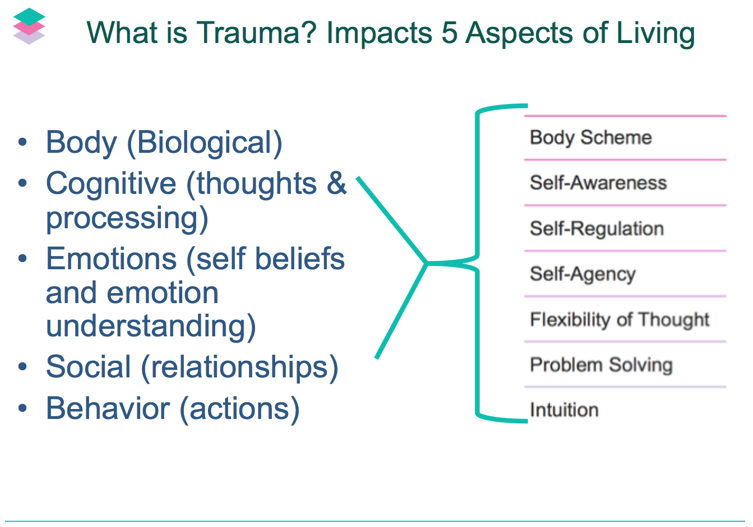Stephanie Fiore

Unexpected “hot moments” in a class can arise anytime and can be stressful for faculty and students. When unexpected conflict and incivility occur, faculty often feel unsure how to handle the situation, so planning some strategies now can help you feel better prepared to navigate these moments. This is especially important in our particular moment with a major election around the corner, social justice conversations a part of everyday life, and COVID-19 making all of us tired and less able to cope with stress. Here are some strategies to help you bring these moments to a more productive conclusion:
Know your own triggers. If you think in advance about the strong feelings you might have on certain issues, you will cope better in the moment. Practice some small moves (deep breathing, counting, an emotional center) that you can deploy in the moment.
De-escalate the situation. Whether it happens through planned course discussion or through casual student conversation, if tensions start to rise in your classroom, it is important to first lower the boiling point.
- When conflict arises, you may address the issue immediately if you feel prepared, or tell the class that you are tabling that conversation until the next class meeting. You may wish to defer the conversation to provide the space you need to strategize your approach or calm your own strong feelings.
- Before opening up discussion, refer the class back to the guidelines for civil conversation you created together.
- Assist students in clarifying comments that have sparked conflict. Students are often not practiced in articulating perspectives with which they may be grappling, or responding effectively when their views are challenged. Try asking: “What do you mean when you say X?” or “I heard Y. Is that what you meant to say?”
- If the conversation is primarily between two students or a small group, inviting others who have not yet spoken to voice an opinion can direct dialogue back to the entire group and grant you greater control as the facilitator.
- Validate thoughtful contributions to the conversation, even if they are challenging or contrary. Remind students that their questions and thoughts are important and worth sharing and listening to.
- Discourage comments that seek to devalue a point of view. Acknowledge, when appropriate, that a widely-held view has been raised: “Many people share this perspective. What might their reasons be?” followed by “Why might others disagree or object to this position?”
- If there is a student or group of students who seem particularly disturbed by the situation, arrange a time to meet with them separately as soon as you can after the incident. This will give the student(s) an opportunity to share with you context that may not immediately be apparent to you.
Use It As a Teaching Moment: Remember that your role as an instructor is important in these moments as you can teach students the importance of reflection, listening carefully to all voices, and critical thinking. Here are some simple activities that can turn “hot moments” into teaching moments:
- Quick Write – Pose a question or prompt to your students and give them a few minutes to construct an answer. Or ask students to write down their feelings and opinions about the topic at hand. This creates a reflective break that gets the entire class involved and gives students time to sort their emotions and thoughts.
- Think, Pair, Share – Students take time to think about a question or prompt and then are put into pairs or small groups to explain their answers. Finally, the entire class comes together to share what groups have discussed.
- Circle of Voices – After being given a moment to reflect, each student in the room or group is given a few minutes to share his or her answer without interruption. The key is, nobody can reply to another answer until everyone has spoken. Once the “circle” is complete, the floor is open for discussion.
- Fact Finding – Help students sort out facts, opinion, evidence, and questions about the topic by having students list what they know, what is in question, and what they need more information on. Then make a plan with students to find out what they need to know.
Follow up: Talk outside of class with the students most directly involved in the moment, to show your commitment to their success in the course and to help them learn from the experience. If you feel that a student has crossed a line in a conversation, take some time to discuss the incident with them about ways to manage these kinds of conversations in the future.
With some advance planning and strategies ready in your teaching toolbelt, “hot moments” won’t have to be quite so stressful for you or for your students, and you might succeed in deepening their learning.
Adapted from University of Michigan, Center for Research on Teaching & Learning: Responding to Difficult Moments, Vanderbilt University, Center for Teaching: Handling Difficult Dialogues, Lee Warren, Derek Bok Center, Harvard, Managing Hot Moments in the Classroom
Next topic in the Teaching, Learning, Justice and Inclusion blog series:
November 9: Supporting Students in a Time of Anxiety
Stephanie Fiore, PhD, is an Assistant Vice Provost at Temple University and Senior Director of the Center for the Advancement of Teaching.









